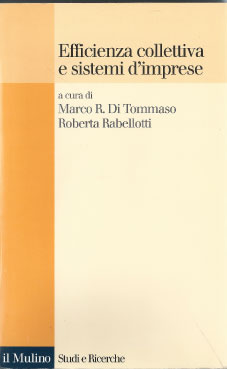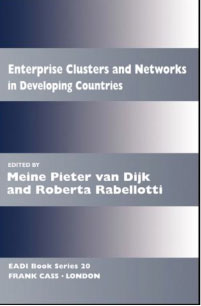Journal of International Development, 16: 803-820
The paper is co-authored with Matteo Aqulina e Carlo Pietrobelli.
Official statistics record a tremendous diversity in the level and dynamics of the self-employment rate across countries. Such diversity is even more pronounced for developing countries than for industrial countries. In these countries, self-employment figures may represent evidence of the spark of an emerging entrepreneurial class still in its infant stages, or conceal marginal urban manufacturing employment at the mere level of subsistence and disguising actual unemployment in years of economic depression. This paper documents this diversity for developing and developed countries with new empirical evidence, and tests the determinants of this diversity with econometric techniques. Estimates are presented on a sample of 64 developing countries and 19 developed countries in a period from the 1960s through the 1990s.
The results generally confirm a negative association between the rate of self-employment and the stage of development: self-employment would tend to disappear with the development process. However, we present evidence suggesting that in some cases self-employment is also related to high value-added manufactured exports, representing a dynamic and emerging form of entrepreneurship. To this aim, self-employment would not be motivated by the desire to evade taxes, but rather an active role of the government may enhance it. The relationships with the development of the financial sector, educational levels, and other cultural factors tend to vary.


